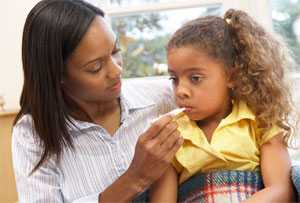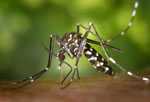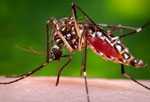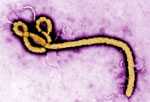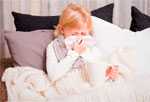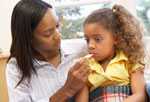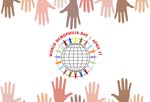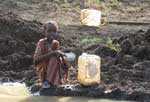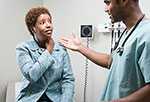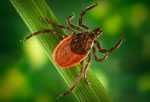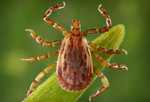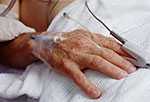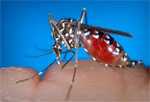Disease of the Week
Learn key facts, prevention tips and take a quiz to test your knowledge about common and serious diseases for people of all ages.
Featured Disease of the Week
Topics
Alcohol & Pregnancy
Amyotrophic Lateral Sclerosis (ALS)
Alzheimer's Disease
Arthritis
Blood Clots
Botulism
Breast Cancer
Carbon Monoxide Poisoning
Cerebral Palsy
Cervical Cancer
Chickenpox (Varicella)
Chikungunya
Chronic Kidney Disease
Colorectal Cancer
Common Cold
Concussions
Dengue
Diabetes
Disease Detectives
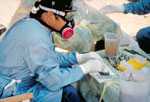 Called the nation’s health protection agency, CDC Disease Detectives are working 24/7 to protect Americans from health and safety threats, both foreign and domestic. Whether it’s a measles outbreak on a college campus or a global pandemic, disease detectives look for clues to help figure out what happened to cause the problem.
Called the nation’s health protection agency, CDC Disease Detectives are working 24/7 to protect Americans from health and safety threats, both foreign and domestic. Whether it’s a measles outbreak on a college campus or a global pandemic, disease detectives look for clues to help figure out what happened to cause the problem.
Ebola
Enteroviruses
Flu (Influenza)
Foodborne Diseases
Hand, Foot & Mouth Disease
Hantavirus
Heart Disease and Men
Hemophilia
Hepatitis A
Hepatitis C
Hepatitis E
Inflammatory Bowel Disease (IBD)
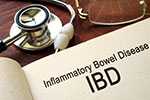 In Crohn’s disease, inflammation can occur in any part of the gastrointestinal tract—from the mouth to the anus—but it most often affects the end of the small intestine where it joins the large intestine. Although patient receives treatment, they may still experience flare-ups. There also are periods that patients may not notice any symptoms.
In Crohn’s disease, inflammation can occur in any part of the gastrointestinal tract—from the mouth to the anus—but it most often affects the end of the small intestine where it joins the large intestine. Although patient receives treatment, they may still experience flare-ups. There also are periods that patients may not notice any symptoms.
Listeria
Liver Cancer
Lung Cancer
Lupus
Lyme Disease
Pink Eye
Rabies
Recreational Water Illnesses
Respiratory Syncytial Virus (RSV)
Rocky Mountain Spotted Fever
SARS
 Severe Acute Respiratory Syndrome (SARS) is a respiratory illness that affected many people worldwide in 2003. It was caused by a coronavirus, called SARS-associated coronavirus (SARS-CoV). SARS was first reported in Asia in February 2003. The illness spread to 29 countries, where 8,096 people got SARS and 774 of them died. The SARS global outbreak was contained in July 2003. Since 2004, there have not been any known cases of SARS reported anywhere in the world.
Severe Acute Respiratory Syndrome (SARS) is a respiratory illness that affected many people worldwide in 2003. It was caused by a coronavirus, called SARS-associated coronavirus (SARS-CoV). SARS was first reported in Asia in February 2003. The illness spread to 29 countries, where 8,096 people got SARS and 774 of them died. The SARS global outbreak was contained in July 2003. Since 2004, there have not been any known cases of SARS reported anywhere in the world.
Scarlet Fever
Shingles
Sickle Cell Disease
Skin Cancer
Strep Throat
Stroke
 Stroke is the 5th leading cause of death in the US. A stroke occurs when a clot blocks the blood supply to part of the brain or when a blood vessel in or around the brain bursts. In either case, parts of the brain become damaged or die. Stroke can affect your senses, speech, behavior, thoughts, memory, and emotions. One side of your body may become paralyzed or weak.
Stroke is the 5th leading cause of death in the US. A stroke occurs when a clot blocks the blood supply to part of the brain or when a blood vessel in or around the brain bursts. In either case, parts of the brain become damaged or die. Stroke can affect your senses, speech, behavior, thoughts, memory, and emotions. One side of your body may become paralyzed or weak.
West Nile Virus
Whooping Cough
- Page last reviewed: October 11, 2017
- Page last updated: October 11, 2017
- Content source:


 ShareCompartir
ShareCompartir
